Preventing skin damage from UV radiation is a year-round effort. Forgoing your daily use of a broadspectrum SPF may sabotage all the optimal skin health efforts you put into your home skin care routine, and in-clinic treatments.
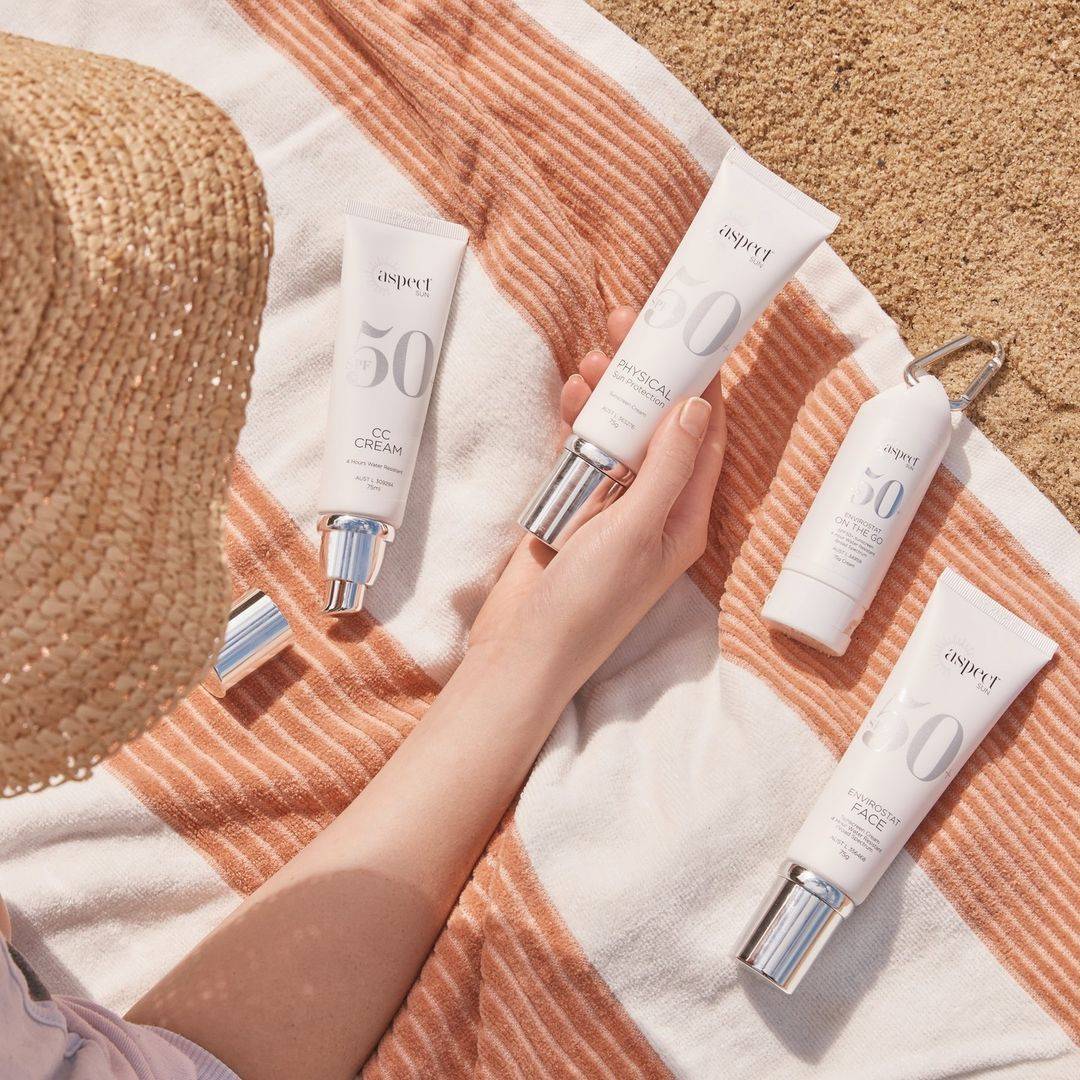
Preventing skin damage from UV radiation is a year-round effort. Forgoing your daily use of a broadspectrum SPF may sabotage all the optimal skin health efforts you put into your home skin care routine, and in-clinic treatments.
UVB rays, the main cause of sunburn, are most potent in summer. However, UVB rays can burn and damage your skin all year-round.
If the risk of skin cancer isn’t enough to convince you to wear SPF daily, it’s important to note that UVA radiation is also responsible for causing cellular damage that leads to premature wrinkles, volume loss, sun damage and pigmentation.
UVA radiation is present every day of the year and can penetrate through clouds as well as glass. So, if your desk is next to a window, or you have a long commute to work or other activities, daily broad-spectrum sunscreen is necessary to protect you from the signs of premature skin ageing.
Also read: Your Aspect Skincare Anti-Ageing Routine
Unlike sunburn, the longer-term damage caused by UVA radiation can take years to appear as UVA rays penetrate through to the deepest layers of the skin.
Prevention from UVA today is vital for a more youthful complexion tomorrow. As sunscreen continues to gain the traction it deserves within mainstream beauty, we’re bombarded with so much information (not all correct) that it can be challenging to understand the difference between popular sunscreens on the market.
Sunscreen formulas usually fall under the following categories: physical or chemical, with some newer formulas using a combination of the two.
Sunscreens are mainly based on zinc oxide and titanium dioxide. Forming a physical barrier, hence the name, on the skin.
Physical sunscreens work by ‘bouncing’ UV rays off the skin. Physical sunscreens are generally well tolerated in those with sensitive and reactive skin. They help to prevent inflammation in the skin driven by heat (great for rosacea or melasma sufferers), and they provide protection as soon as they’re applied.
Physical sunscreens have a long-standing safety profile. However, historically physical sunscreens have been less cosmetically elegant than their chemical counterparts, some leaving a white cast or being difficult to rub in.
On the other hand, chemical sunscreens absorb UV radiation and convert it into heat, changing it into another form of energy and therefore mitigating the effects of the UV radiation.
Chemical sunscreens often contain a combination of ingredients to provide coverage against both UVB and UVA radiation. Some of the most common filters used in Australian sunscreens are avobenzone, dioxybenzone, ecamsule, Tinosorb, octyl salicylate, and octyl methoxycinnamate.
Chemical sunscreens need to be applied 20 minutes before sun exposure. The major benefit of chemical sunscreens is that they’re light and easy-to-apply formulations that wear well under make-up.
The best sunscreen for anyone is the broad-spectrum UVA and UVB blocking SPF50+ sunscreen which you will use daily and reapply every two hours. Because they like how it feels and wears on their skin. Here are some of our top picks:
Aspect Sun Tinted Physical Sun Protection SPF 50+
(Physical protection)
This very high protection, water-resistant mineral sunscreen cream has been specially developed to provide broad spectrum UVA and UVB SPF 50+ from the sun, while nourishing the skin with deep hydration and antioxidants through ingredients Argan Oil and Gotu Kola.
The tinted formula delivers sheer coverage for a smooth, flawless finish (without that white glow). Tip: A perfect substitute for a primer, prior to make-up application.
Key Ingredients • Zinc Oxide (22.7%) • Argan Oil • Gotu Kola (Centella asiatica) • Iron Oxide
Aspect Sun Hydrating Face SPF50+
(Chemical protection)
Aspect Sun Hydrating Face SPF 50+ provides a blend of antioxidants and broad-spectrum UV actives to deliver very high sun protection, deep hydration and nourishment to support against the visible signs of ageing and the damaging effects of UV exposure.
Its combination of UV protection and smoothing effects of silica provide the skin with an immediate glow, while glycerin helps to plump and boost hydration. So hydrating, this sunscreen can be used as an alternative to moisturiser and is perfect for everyday use. It's also 4 hours water resistant.
Key Ingredients • Homosalate, Octocrylene, Butyl Methoxydibenzoylmethane, 4-Methylbenzylidene Camphor and Diethylamino Hydroxybenzoyl Hexyl Benzoate - sunscreen actives proven to provide very high UVA and UVB broad spectrum protection • Glycerin • Silica • Vitamin E

Power up your spring glow with the best peptide pairings. Discover what works, what...
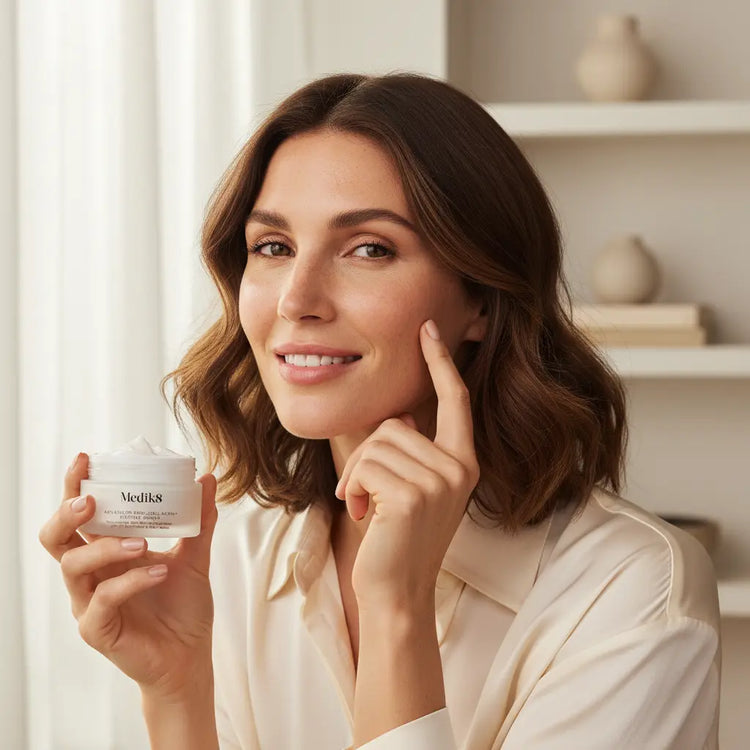
Discover how peptides act as skin’s vital messengers—boosting collagen, resilience, and strength. Explore smart...
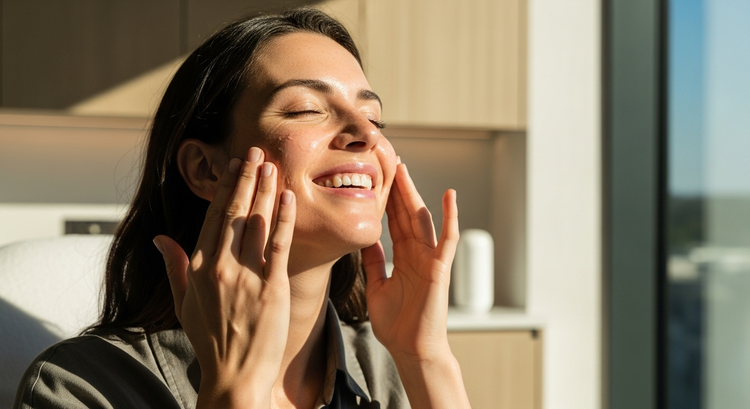
Learn how peptide serums rebuild collagen, soften lines and strengthen your barrier. A practical...
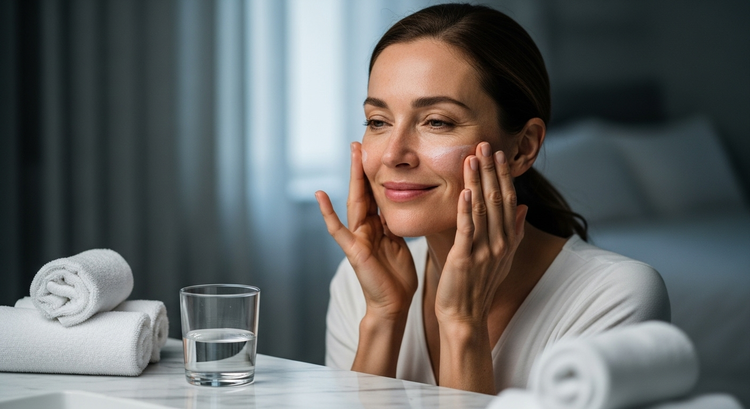
Discover how sleep transforms your skin. Learn expert wellness tips, the science of overnight...

Discover Medik8 Advanced Pro-Collagen + Peptide Cream — peptides, NAD⁺ and anti-glycation in a...

Discover how hyaluronic acid hydrates, plumps, strengthens the barrier, and pairs with Vitamin C,...
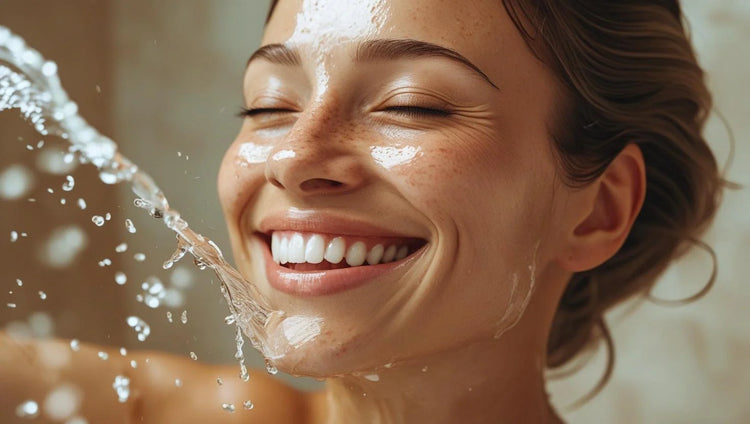
Cleansing is the most overlooked yet essential step in your routine. Learn why cleansing...
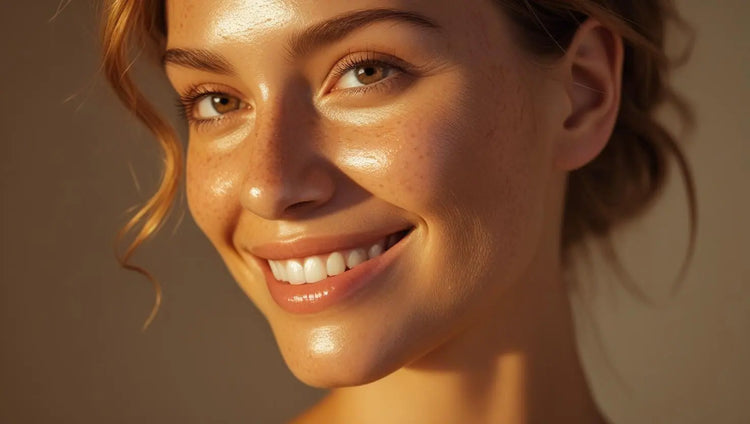
Busting skincare acid myths with Skinmart therapists: discover the truth about AHAs, BHAs &...